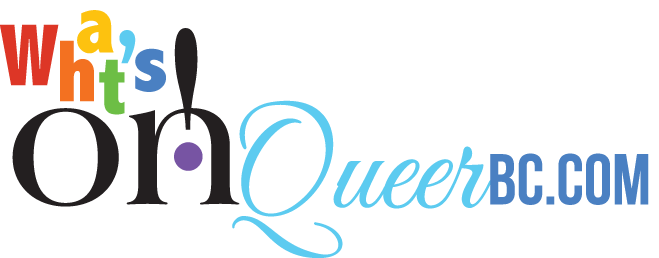The Genderbread Person - Components of Human Identity
Image Source: Genderbread Person Workshop Growens
Components of Human Identity
There’s a whole lot of confusing dialogue and rhetoric out there on social media regarding modern human identity so I thought I would find some resources and address the facts with you, dear readers. A good tool for understanding the complexities of gender identity, gender expression, biological sex and sexual orientation is the Genderbread Person.
The Genderbread Person is an educational tool used worldwide to explain the complexities of gender identity, gender expression, biological sex, and sexual orientation. Popularized by Sam Killermann through the website It's Pronounced Metrosexual, this tool breaks down human identity into several distinct but interrelated components, making it accessible and straightforward for everyone.
Assigned Sex
Assigned sex is the biological classification of a person as female, male, or intersex, typically made at birth based on physical anatomy. While this classification often sets societal expectations about gender, it does not necessarily align with an individual's gender identity.
Gender Identity
Gender identity is a person's internal experience of their own gender. This deeply personal aspect of identity may or may not align with the sex assigned at birth. Gender identity includes a range of identities such as woman, man, nonbinary, genderqueer, and agender, among others.
Gender Expression
Gender expression is how a person presents their gender to the outside world. This can include clothing, hairstyle, voice, body language, and behavior. Gender expression is influenced by societal norms but is unique to each individual.
Attraction
Attraction, often referred to as sexual orientation, describes whom a person is emotionally, romantically, or sexually interested in. This component includes identities such as heterosexual, homosexual, bisexual, asexual, and pansexual, among others. Attraction is a key part of a person's identity and shapes their relationships and experiences.
Affirming and Inclusive Language
Using affirming and inclusive language is crucial to respecting and validating people's identities. This involves using preferred terms and pronouns and avoiding assumptions about someone's gender or attraction based on their appearance or assigned sex. Inclusive language helps create a respectful and supportive environment for everyone.
Key Principles of Inclusive Language
People First: Focus on individuals as part of a diverse society. Use the language people use to describe themselves. For example, say "person with a disability" instead of "disabled person" to emphasize the person first. Avoid using adjectives as nouns to refer to groups of people.
Words Matter: Words have the power to stereotype and discriminate or to show care and value for differences. Be cautious about making sweeping statements or assumptions about any social group. Use precise language that respects individual identities.
Engage in Self-Reflection: Reflect on why you use certain words or phrases, their origins, and if there are more inclusive options. This helps avoid language that perpetuates stereotypes and microaggressions.
Be Aware of Stereotypes and Microaggressions: Microaggressions are subtle, often unintentional, insults or dismissals that marginalize people. Be conscious of language that may cause harm or perpetuate stereotypes.
Keep an Open Mindset to Changes in Language: Language evolves over time. Stay informed about current and appropriate terminology, and be willing to adjust your language to be more inclusive.
Inclusive Language in Practice
Using inclusive language means being mindful of the words you choose and how they might affect others. Here are some practical tips:
Use Gender-Neutral Language: Avoid assuming someone's gender based on their appearance. Use terms like "they/them" if you are unsure of someone's pronouns.
Avoid Outdated Terms: Terms that were once common may now be considered offensive. Examples include:
"Gay" or "Lesbian" instead of “Homosexual”
"Transgender" or "Trans" instead of “Transexual”
“Intersex” instead of "Hermaphrodite"
Ask for Preferences: When in doubt, ask individuals how they would like to be addressed. This shows respect for their identity and preferences.
Avoid Assumptions: Do not assume someone's gender, sexual orientation, or any other aspect of their identity based on their appearance or behaviour.
To help with allyship, here are resources for learning more about Inclusive Language
Guidelines and tools for using inclusive language:
Western University's Inclusive Language Guide(Inclusive-Language-Guide).
The Genderbread Person offers a clear and accessible way to understand the complex nature of human identity. By breaking down identity into assigned sex, gender identity, gender expression, and attraction, it illustrates that each person's experience is unique.
Using affirming and inclusive language further supports this understanding and fosters a more respectful and inclusive society.
For more information and resources, you can visit Egale Canada.



